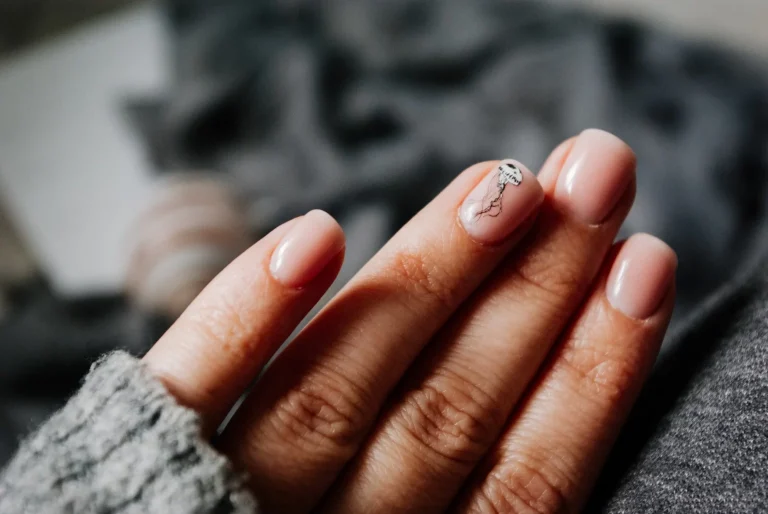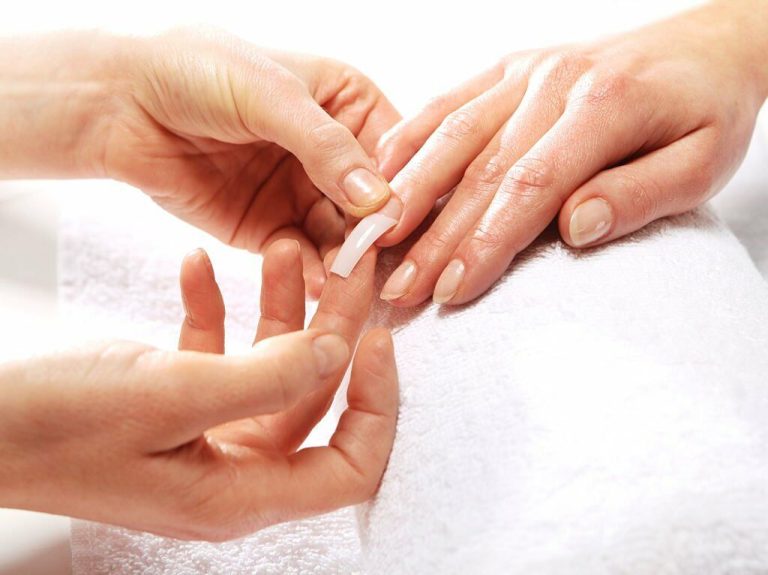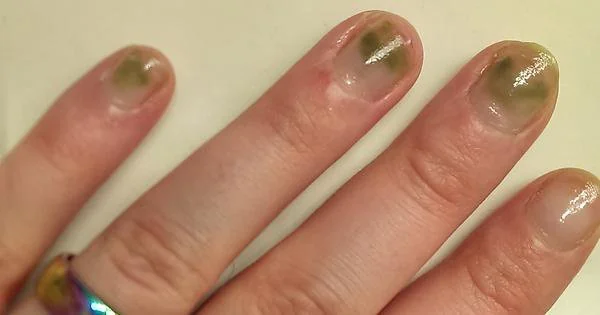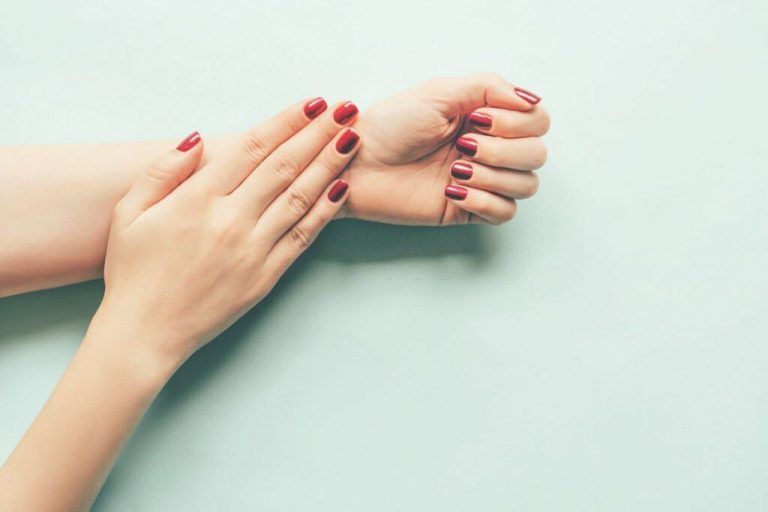Why do I get white stuff under my nails when I scratch head?
Have you ever scratched an itch on your head only to later notice white specks or flakes underneath your fingernails? If so, you are not alone. This relatively common occurrence has a simple explanation.
What Is That White Stuff Under My Nails After Scratching My Head?
Contents
- What Is That White Stuff Under My Nails After Scratching My Head?
- What Causes Dandruff and an Itchy Scalp?
- Why Does My Head Feel So Itchy Before I Notice Dandruff?
- How to Treat Dandruff and Scalp Itch
- How to Remove White Stuff from Under Your Nails after Scratching
- When Should I Seek Help for Scalp and Nail Issues?
- FAQs
- Why is my scalp so itchy before I notice dandruff?
- How can I tell the difference between dandruff flakes and dead skin under my nails?
- Is it normal to have white lines or flecks on nails even without scratching your head?
- Why does scratching my head make the itching worse?
- How often should I shampoo my hair if I have dandruff?
- What home remedies can help with scalp itching and dandruff?
- The Bottom Line
The white material that appears under your nails after scratching your head is most likely dead skin cells, also known as dandruff. Dandruff forms when the top layer of skin on the scalp sheds faster than normal. As you scratch an itchy scalp, these dead skin cells get lodged under your fingernails.
What Causes Dandruff and an Itchy Scalp?
Dandruff and scalp itchiness can have several underlying causes:
Dry Skin
Dry scalp skin tends to flake and itch more. Harsh shampoos, infrequent shampooing, dry indoor air, and cold outdoor air can all compromise skin’s moisture barriers. Scalp skin also thins with age, making it more vulnerable to dryness.
Seborrheic Dermatitis
This common skin condition causes red, greasy patches and white scales on the scalp when too much oil (sebum) accumulates along with dead skin cells. It often leads to itchiness and flaking dandruff.
Psoriasis
Scalp psoriasis speeds up the growth cycle of skin cells, causing a buildup of thick scales that shed rapidly. The underlying skin may appear red and inflamed. Intense itchiness is common.
Ringworm
Despite its name, ringworm is a fungal infection. As it spreads on the scalp, ringworm can cause scaly, red, itchy patches and hair loss.
Allergic Reaction
Allergens like hair products, chemicals, and materials used in hair accessories can trigger inflammation, redness, and itchiness in people with sensitivities.
Other Causes
Head lice, eczema, yeast overgrowth, and folliculitis (infected hair follicles) may also lead to scalp irritation and flaking.
In some cases, no specific cause can be found. The tendency to have a flaky, itchy scalp may run in families.
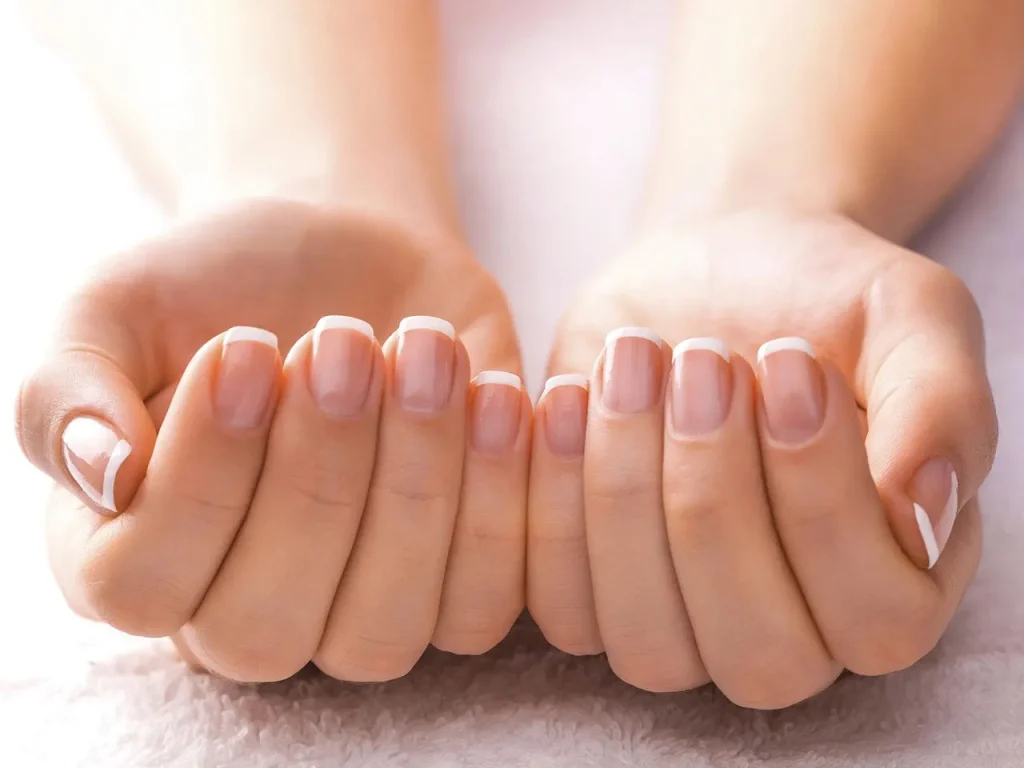
Why Does My Head Feel So Itchy Before I Notice Dandruff?
Itching often comes first because of inflammation in the skin. Many of the triggers listed above provoke the immune system, causing inflammation. Immune cells release histamine and other chemicals that make nerve fibers in the skin more sensitive and reactive to stimuli. A cascading itch-scratch cycle develops: you scratch, skin gets more inflamed, nerves get more irritated, itch worsens.
How to Treat Dandruff and Scalp Itch
Treating the root cause is key for reducing dandruff long-term:
- Use gentle, sulfate-free shampoos
- Shampoo more frequently
- Apply anti-dandruff shampoos containing zinc, selenium, or antifungal ingredients
- Try medicated scalp treatments
- Keep scalp and skin moisturized
- Identify and avoid triggers like allergens
- Manage skin conditions properly (medicate psoriasis, treat ringworm infection)
Quick relief from the itch-scratch cycle may involve:
- Applying cold compresses
- Taking antihistamines temporarily
- Getting scalp massages
- Distracting yourself with other sensory stimuli
If simple home treatment fails, see your doctor or dermatologist. They can assess your symptoms, diagnose any underlying problems, and tailor treatment plans accordingly.
How to Remove White Stuff from Under Your Nails after Scratching
Here are some easy methods to clear away those pesky white flakes caught under your nails:
- Use the edge of another fingernail or a nail file to scrape debris out
- Soak nails in soapy warm water, then scrub with a nail brush
- Swipe nail polish remover pads under nails to dissolve flakes
- Use a metal nail cleaner stick to dislodge debris
- Apply cuticle oil around nails to loosen flakes
- Give nails a vinegar soak – the acidity helps break down dead skin cells
It is satisfying to see the white specks go away after a good scrub! Just be gentle; do not damage the nail bed.
Going forward, be mindful of over-scratching your head to prevent snowed-under nails. And continue treating dandruff at its roots.
When Should I Seek Help for Scalp and Nail Issues?
In most cases, dandruff passed under nails through scratching is harmless and just a nuisance. Nonetheless, certain circumstances do warrant medical advice:
- Itching and scaling last over 6 weeks despite home treatment
- Signs of infection develop (oozing, yellow crusts)
- You suspect a more serious skin condition like psoriasis
- Hair loss accompanies symptoms
- Other unusual symptoms arise
See your general practitioner first. For stubborn, chronic issues like severe dandruff, psoriasis, eczema or hair loss, consider booking a dermatology appointment. A skin specialist can pinpoint causes through scalp exams and tests. They can also provide prescription-strength topical or oral medications when necessary.
And if white stuff reappears under your nails frequently, seek help not only for your scalp but also for your nails. Rule out fungal infections and other nail conditions. Keeping cuticles and nails healthy reduces places for flakes to hide!
FAQs
Why is my scalp so itchy before I notice dandruff?
Itching often comes first before visible flakes appear because of skin inflammation. Scalp irritation from causes like dry skin, dermatitis, psoriasis or allergies trigger immune responses. These provoke inflammation, making nerve fibers in skin more sensitive. This leads to an itch-scratch cycle whereby scratching aggravates inflammation and itching worsens.
How can I tell the difference between dandruff flakes and dead skin under my nails?
Check the texture, appearance, and quantity of debris under your nails. Dead skin tends to appear as smaller white dots, while dandruff flakes are larger, whitish-yellow scales. Significantly more debris that continues to reappearing with an itchy scalp indicates dandruff rather than just innocuous amounts of dead skin. See your dermatologist if you are unsure of the cause.
Is it normal to have white lines or flecks on nails even without scratching your head?
Yes, many people normally have small white lines, specks, or flecks on their nails that are not caused by scratching dandruff from the scalp. These “true leukonychia” lines can be genetic or from tiny air bubbles getting trapped under the nail. They tend to look uniform and fade with nail growth. If concerned, ask your doctor.
Why does scratching my head make the itching worse?
Scratching can worsen scalp itching due to something called the itch-scratch cycle. Scratching irritates skin further, causing more inflammation and itch-signaling nerve reactions. This tricks the brain into feeling itchier, leading to more scratching and irritation. Breaking this cycle by avoiding scratching can help decrease itchiness.
How often should I shampoo my hair if I have dandruff?
If you have dandruff, dermatologists recommend shampooing your hair every 1 or 2 days with a gentle dandruff shampoo. Frequent shampooing helps wash away skin cell buildup and reduce flaking and inflammation that exacerbate itching and scalp irritation. This helps disrupt the itch-scratch cycle.
What home remedies can help with scalp itching and dandruff?
Some helpful home remedies include brushing skin flakes from your hair and scalp with a fine-toothed comb, applying aloe vera gel to reduce inflammation, scalp massages with oils like coconut or olive oil, rinsing hair with an apple cider vinegar solution, and avoiding hair styling products that may irritate your scalp further.
The Bottom Line
Finding small white flecks trapped under your nails after scratching an itchy head is harmless and common. But do not ignore persistent dandruff or scalp irritation; treat the root causes before further inflammation and infection set in.
Getting relief from annoying symptoms plus keeping your scalp and nails in good shape will have you scratching your head less over this phenomenon!

Founded by Sophia Rodriguez, IGXO Cosmetics is a PETA-certified, cruelty-free, and vegan makeup brand.

